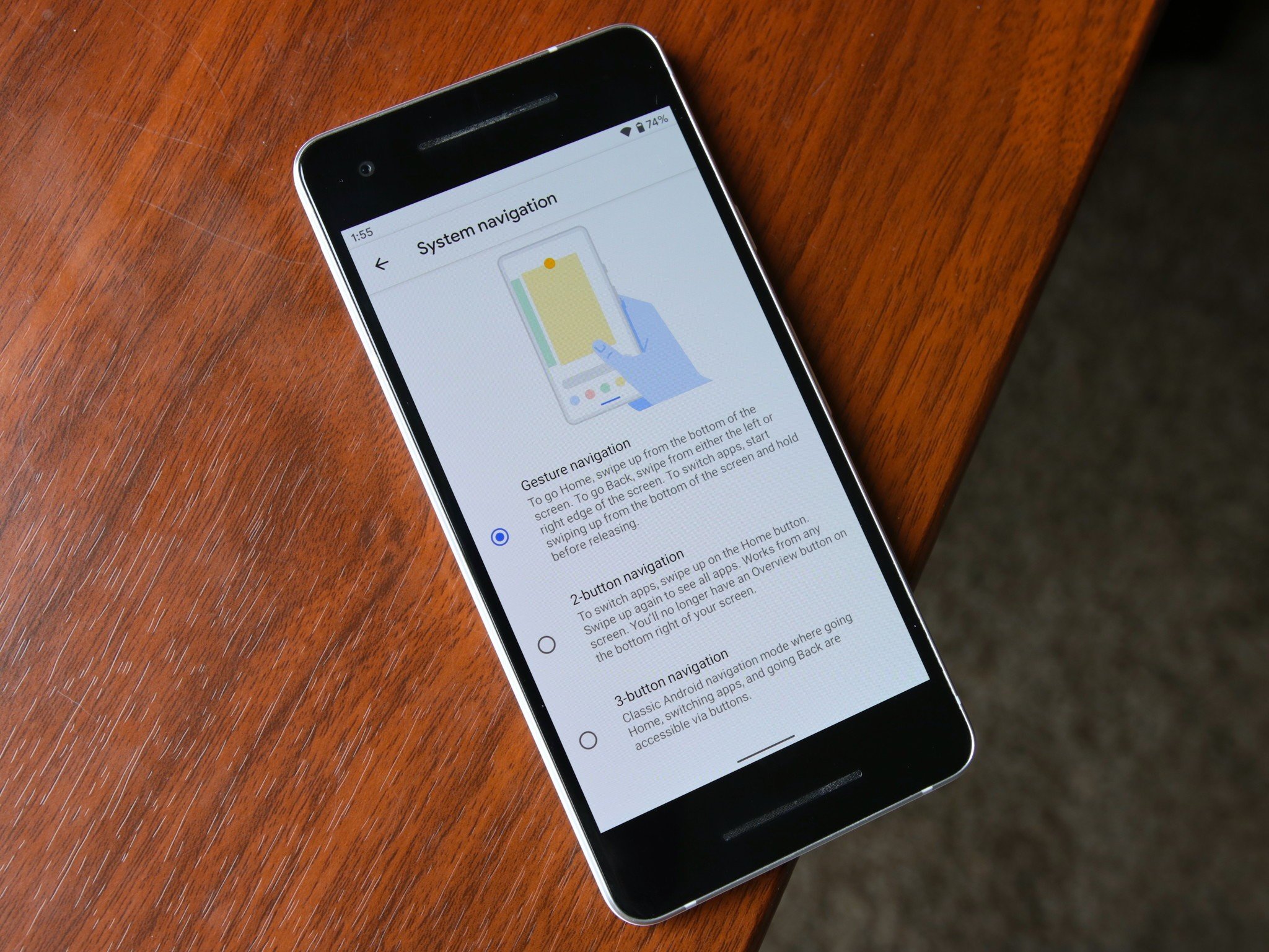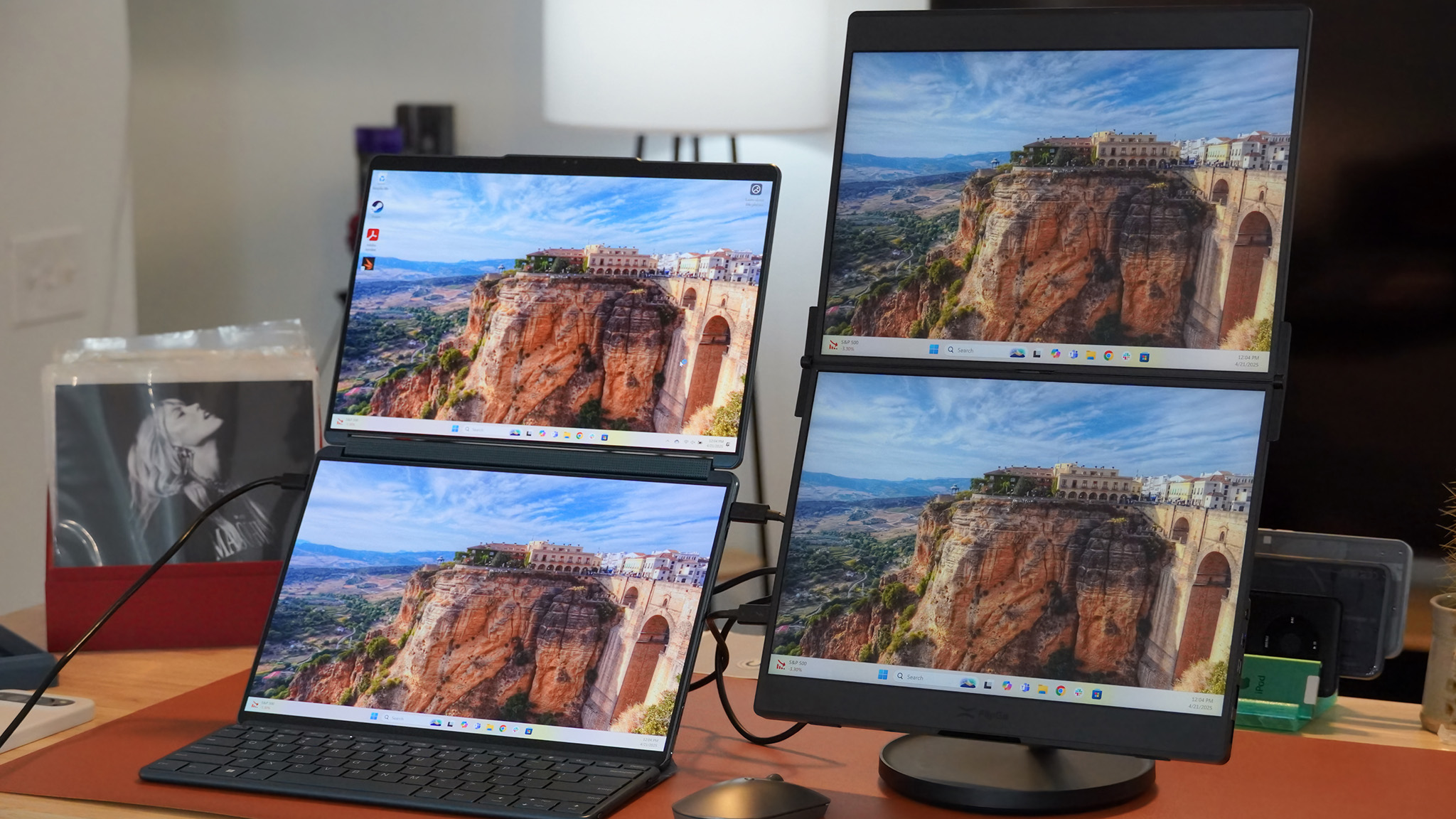Google explains the rationale behind Android Q's new gesture navigation

What you need to know
- Google has explained the reasons why it decided to switch to a fully gesture-based navigation method with Android Q in a new blog post.
- In its qualitative studies, Google found most users did not want to go back to 3-button navigation after a break-in period of 1-3 days.
- Users will still have the option of using the three-button navigation bar if they do not like the Android Q gestures.
Google released Android Q Beta 6 earlier this week, bringing further improvements to gesture navigation. Many users, including our very own Joe Maring, have so far not been very impressed with Android Q's gesture-based navigation method. The company has now responded to the whole controversy over the gesture navigation in a new post on the Android Developers Blog.
The biggest problem with the new navigation method is the Back gesture, which requires a user to swipe from the left or right edge of the display. While the gesture itself feels intuitive, it breaks the hamburger menu on most apps. Defending the Android Q gesture model, Google says only a small number of users swipe to open the app navigation drawer. The back button, according to Google, is used 50% more than even the Home button. Which is why, the company's developers decided to prioritize an intuitive back gesture over other less frequent navigation.
Both the Back and Home gestures on Android Q were designed to coincide with the most reachable areas of the screen for most people. The Android Q model, Google found, allows users to perform tasks that involved Home and Back faster than other models, including the classic 3-button navigation bar. However, Google admits that the Android Q model comes "at the cost of being able to quickly access Overview/Recent apps" and most users still consider buttons to be more ergonomic overall.
In order to standardize gesture navigation on all devices running Android Q, Google worked closely with several popular Android OEMs such as Samsung, Xiaomi, HMD Global, OPPO, OnePlus, Motorola, and LG. While gestures will be the default navigation method on Android Q, users will still find the option of continuing to use the three-button navigation bar, even on future Android devices.
Be an expert in 5 minutes
Get the latest news from Android Central, your trusted companion in the world of Android

